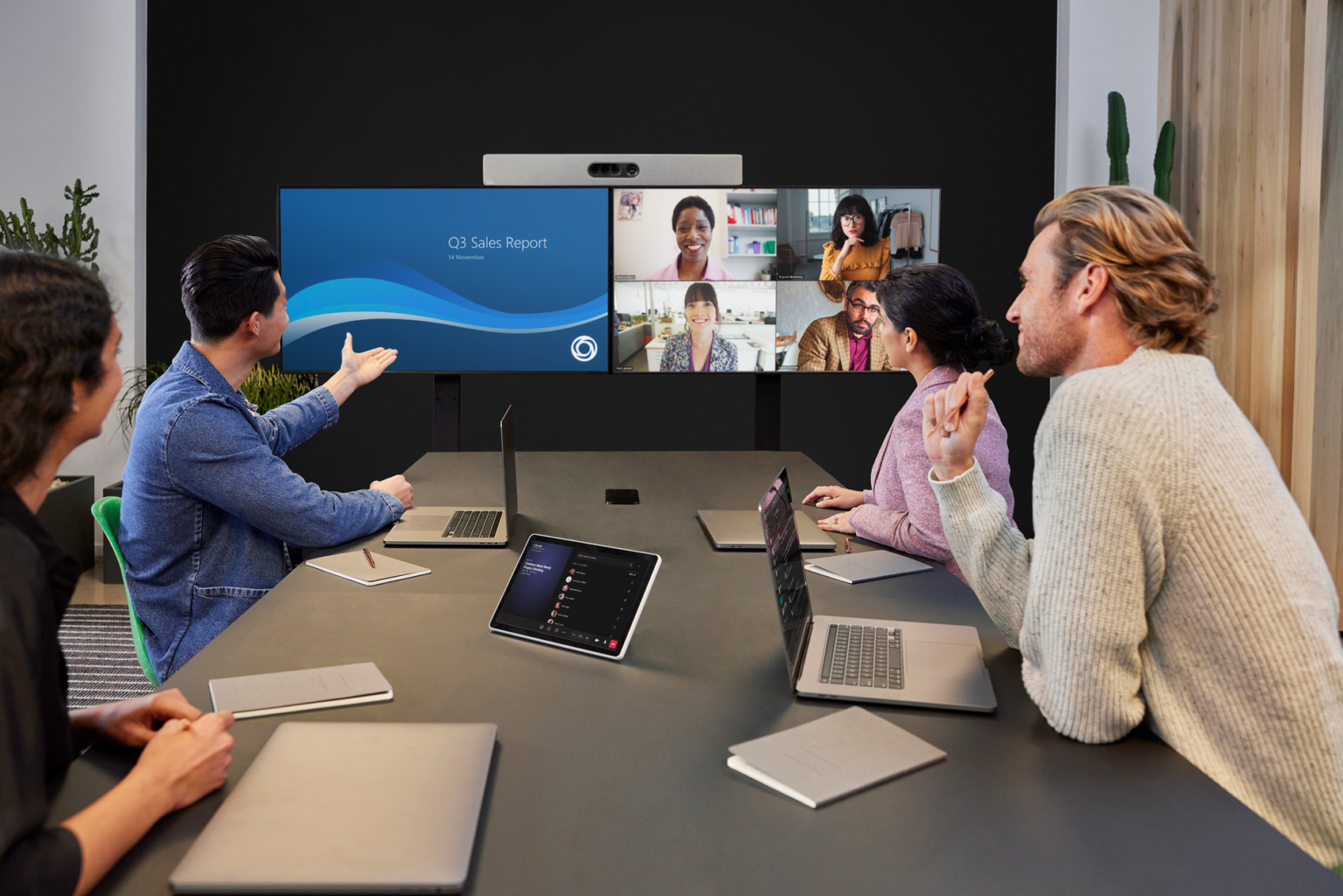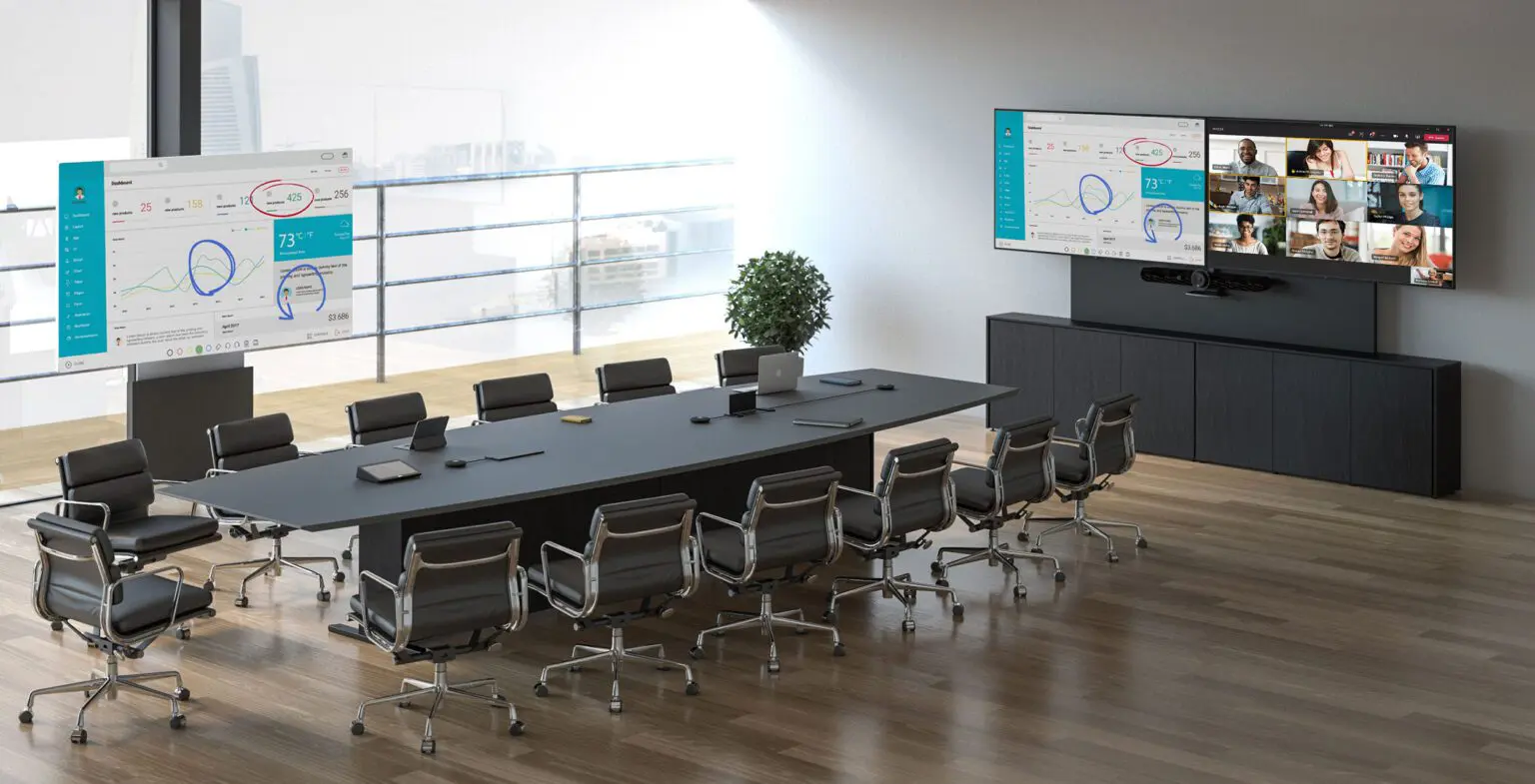A 2023 survey revealed that 69% of employees prefer a hybrid working model. This only confirms the continuing importance of remote or hybrid work culture in organisations. As such, businesses require effective tools and platforms to enable greater collaboration and employee productivity in such a work setup. Of course, video conferencing stands out as the most prominent and effective approach to lead the way to a stress-free and productive work culture — especially across distributed setups.
However, implementing a robust, all-encompassing video conferencing solution is not an easy task. For one, it involves a high cost of implementation and might entail significant maintenance expenses. Secondly, to make the most of video conferencing, it’s essential that enterprises tailor this technology to their needs and the industry at large. For enterprises, it’s critical that they navigate through the major video conferencing challenges to ensure optimal benefits. Here’s a rundown of the challenges that enterprises, CIOs, admin heads, and facility heads face.
1. Compatibility and Interoperability
In a distributed setup, it’s quite easy for teams to have different preferences for different video conferencing platforms. For example, some vendors, partners, associates, and (even) employees might consider Zoom as their baseline video conferencing solution. Others might stick to Microsoft Teams. The same can be said for Zoom Rooms and Microsoft Teams Rooms. Of course, each of these platforms comes with its own set of functionalities and features. What this does is create a need for interoperability that can enable integration and seamless communication. Why? Well, two main reasons.
First, using different platforms might lead to confusion and the inability to share a unified experience across multiple teams. The channel development team, say, gathers on Zoom Rooms, while the Sales team members use Microsoft Teams. The real-time switching effort would entail a lot of hassle on the part of IT administrators since they’ll have to do the back and forth with the teams, troubleshoot technical issues, etc.
Then there are a plethora of devices, networking systems, software standards, and other complexities that make up the reality of a modern enterprise. The VC systems must be able to “play well” with all of them.
The problems compound further when communicating with external stakeholders, vendors, and partners. They might prefer a different third-party video platform. In such a scenario, it’s essential that enterprises solve the problem of interoperability for enhanced real-time communication.
2. Technology Selection
This ties in with the previous point of interoperability. While enterprises must look into interoperability, it also becomes essential to select the right video conferencing solution. The choice for the same might depend on a host of factors, including:
- The scope of operations and the need to collaborate with stakeholders, vendors, and partners
- The type of video conferencing setup an organisation needs. For example, some enterprises might have an on-premise setup, and they might want to accommodate seamless communication with distributed remote teams via the office
- The granular interaction-specific requirements of the enterprise. Do they need room scheduling features? Do they need to schedule online meetings with external parties?
So, all in all, the considerations encompass both the choice of software and how that would be accommodated across physical locations (like conference rooms) or become an enabler of end-to-end virtual communication.
3. Quality of Service and Change in Demand
A reliable internet connection, excellent bandwidth, and consistent audio and video quality are essential for video conferencing. However, video quality may suffer because of network congestion, bandwidth restrictions, or technological difficulties. Lacklustre audio or video quality, delay, frozen screens, or dropped calls can obstruct productive teamwork.
Plus, with the evolving video conferencing landscape (like the inclusion of generative AI across video conferencing software) and changing business requirements (like the demand for ‘always on’ meeting spaces), it’s imperative that enterprises find a solution to deliver high-quality video conferencing experience. This also involves keeping taps on security concerns that might transpire due to increasing touchpoints.
4. Employee Issues
Online meetings are more prevalent than ever. The typical employee has 8 weekly meetings. Executives working in high-tech businesses have up to 17 weekly online meetings. Employees frequently find themselves participating in several video meetings throughout the day in both remote and hybrid setups. This may result in meeting fatigue, lower involvement, and lower output.
This problem can be alleviated by strategising the right meeting setup. CIOs must consider implementing shorter meeting durations, gamifying sessions for better engagement, adhering the meeting schedules based on the convenience of employees, and more.
Practices for Successful Video Conferencing
If you’ve experienced any of the above challenges, you know how unproductive it can be for your organisation overall. Thus, to combat them, your organisation must follow these practices:
Training and Handholding Support
It’s crucial to give your staff guidance as they become accustomed to the chosen video conferencing software. They need instruction on key functions, how to solve typical problems and the best ways to communicate during video conferencing. Hence, provide continuing assistance through materials, FAQs, and specialised IT helpdesk support.
Employee Feedback and Evaluation
Businesses need to monitor how well their video conferencing strategy is working. Obtaining input from stakeholders and employees is critical to discover pain spots and areas for improvement. Businesses should also keep up with emerging video conferencing trends and technologies and be flexible enough to change their strategy as necessary.
AV Integration Expertise
At the end of the day, it’s all about getting the best out of video conferencing. This means having an expert team who can help build a strong business case, design a comprehensive system strategy, and support enterprise-level video conferencing.
For example, at Resurgent, we help enterprises with the facilitation of a Unified Communication Systems solution that consolidates different tools and applications (like Microsoft Teams, Cisco WebEx, VIDYO, Zoom, etc.) into one holistic video conferencing solution. This is supported across rooms of every size and function, enabling teams to connect seamlessly with their remote counterparts, conduct immersive online training sessions, or engage in client communications.
Our AV solutions are designed to empower teams as they work together to achieve organisational objectives. Get in touch to learn more.



